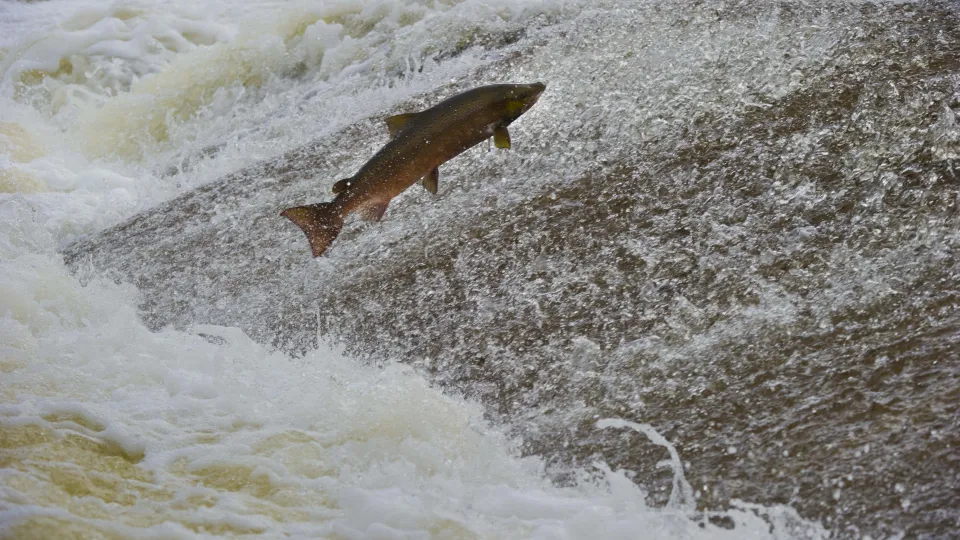
Atlantic salmon
The Atlantic salmon spends most of its life at sea, but makes an epic journey back to the river or stream in which it hatched to spawn. Look out for it in freshwater rivers in the north and west.

The Atlantic salmon spends most of its life at sea, but makes an epic journey back to the river or stream in which it hatched to spawn. Look out for it in freshwater rivers in the north and west.
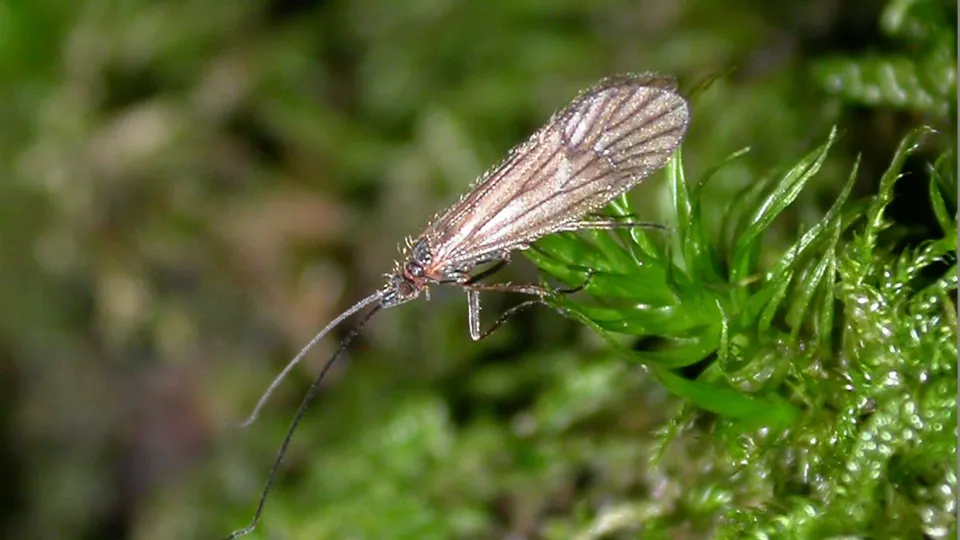
The Land caddis is the only caddisfly in the UK to spend its entire time on land, with no stage in water. Look in oak leaf litter over winter to see the grainy cases of the larvae, in which they turn into adults.
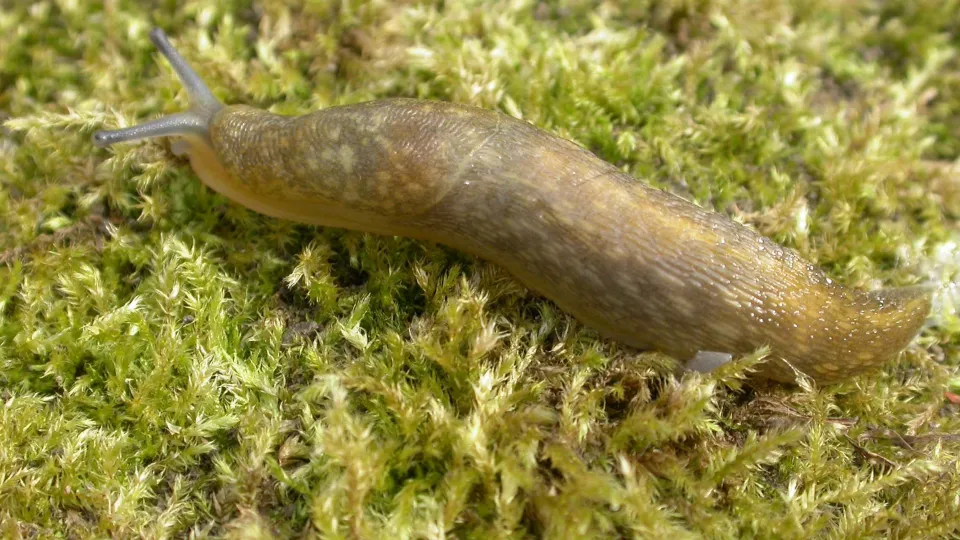
The Yellow slug lives up to its name - its yellow body is mottled with grey patches. Often found in gardens and damp places in houses, it can be considered a pest, but is an important nutrient recycler.
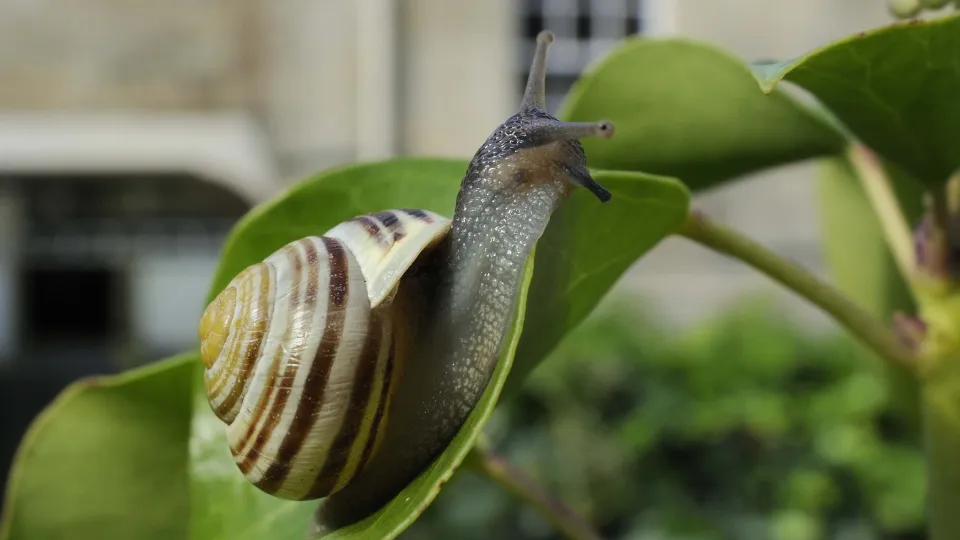
The White-lipped snail comes in different colour forms, but always has a white band around the opening of its shell. It prefers damp spots in wide range of habitats, from gardens to grasslands, woods to hedges.
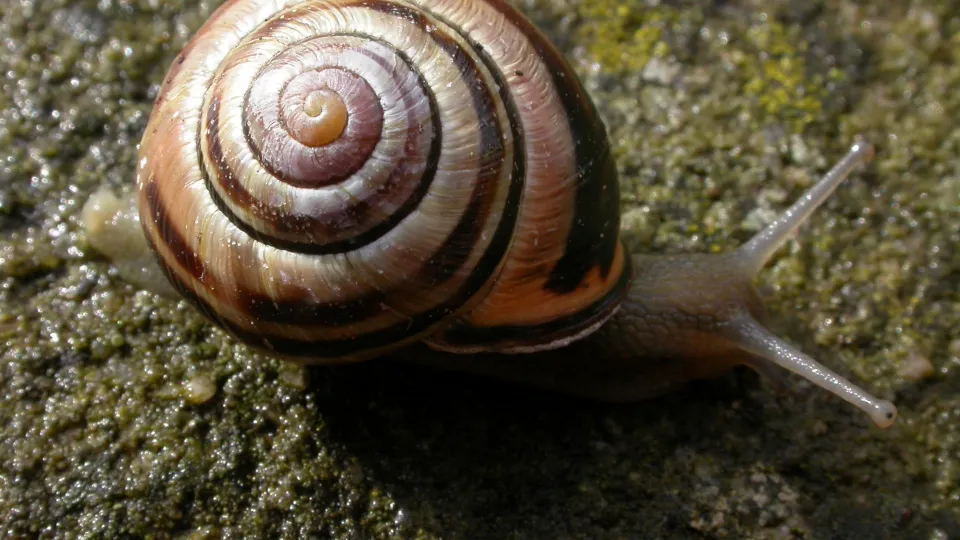
The Brown-lipped snail comes in many colour forms, but usually has a brown band around the opening of its shell. It prefers damp spots in wide range of habitats, from gardens to grasslands, woods to hedges.
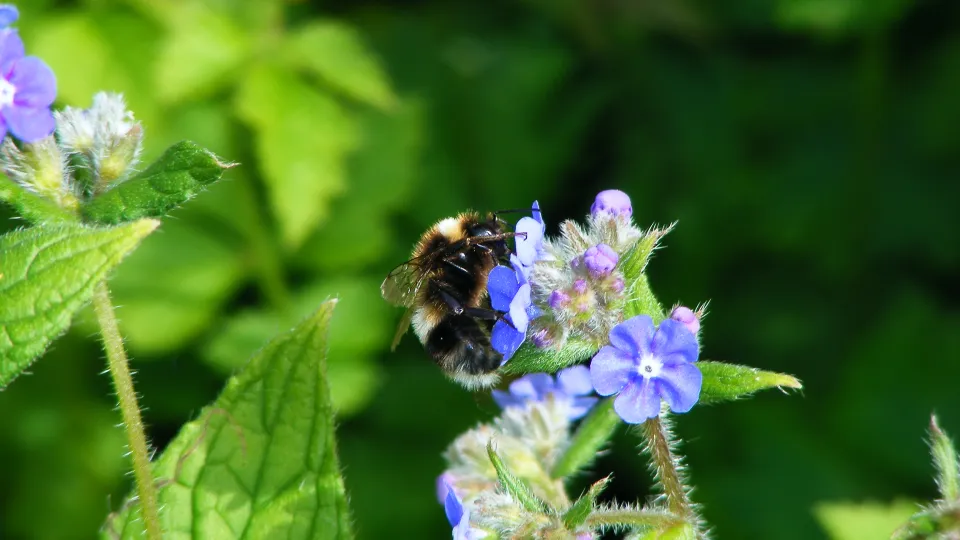
The Heath bumblebee is not only found on heathland, but also in gardens and parks. It nests in small colonies of less than 100 workers in all kinds of spots, such as old birds' nests, mossy beds and even roofs!
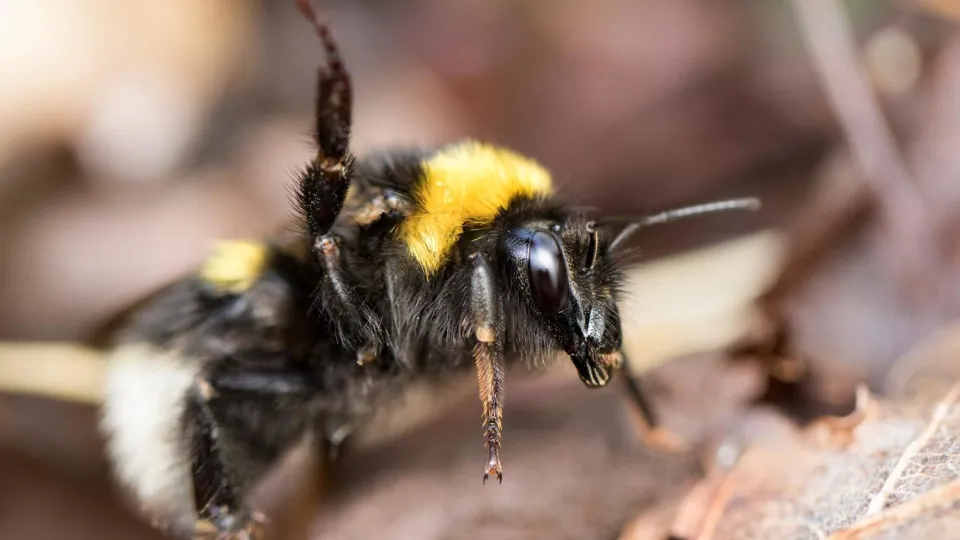
Unsurprisingly, the garden bumblebee can be found in the garden, buzzing around flowers like foxgloves, cowslips and red clover. It is quite a large, scruffy-looking bee, with a white tail. It nests in colonies.
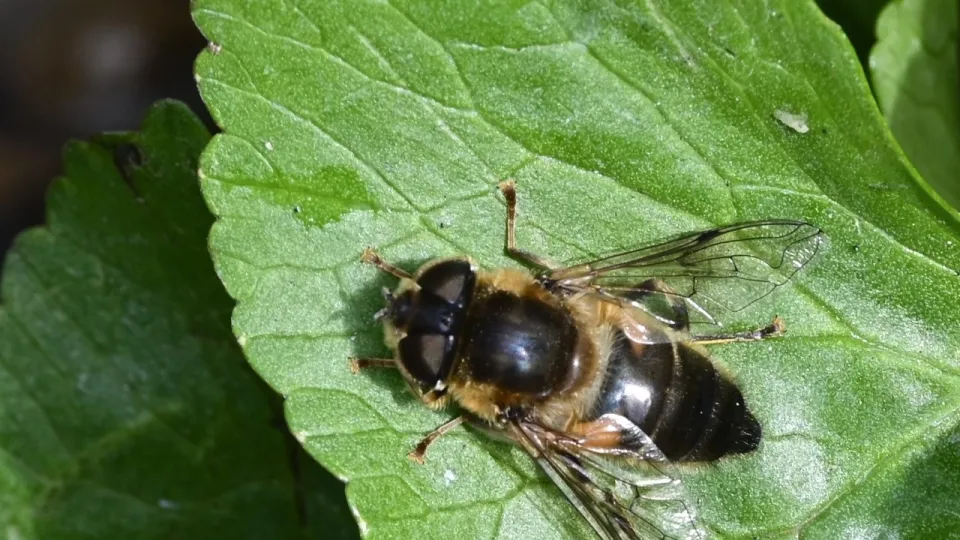
With brown-and-orange markings, the Drone-fly looks like a male Honeybee, but is harmless to us. This mimicry helps to protect it from predators while it searches for nectar in gardens and urban areas.
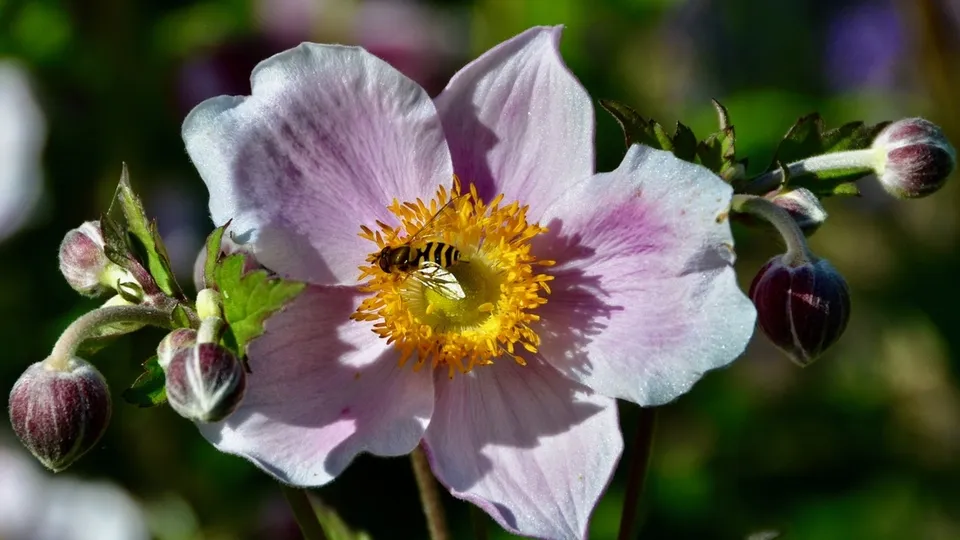
The Common banded hoverfly has a fitting name: it is not only one of our most common species, its black body is also covered in yellow bands! It can be seen in many habitats from gardens to woodlands.
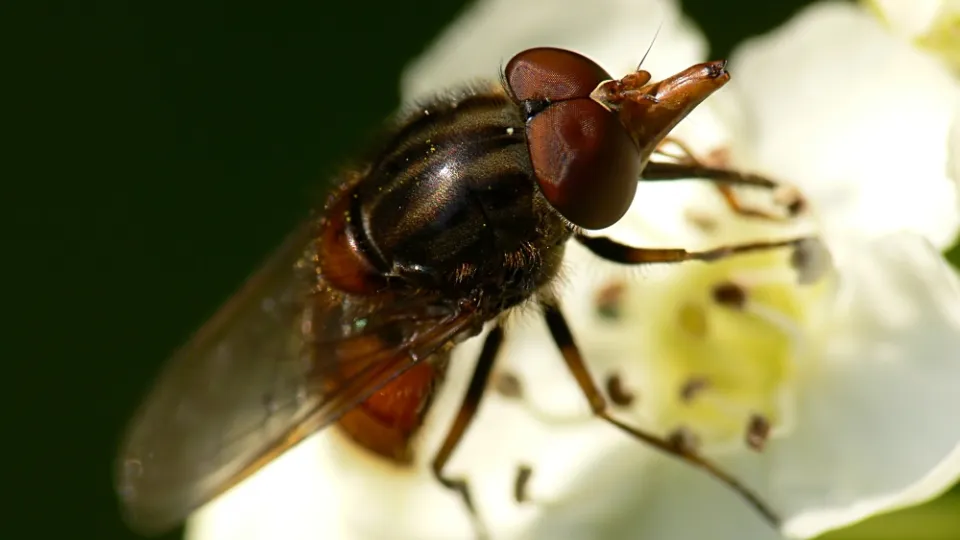
A common hoverfly, the Heineken fly has a distinctively long snout that enables it to take nectar from deeper flowers, reaching the parts other hoverflies cannot reach! It frequents hedgerows, gardens and woods.